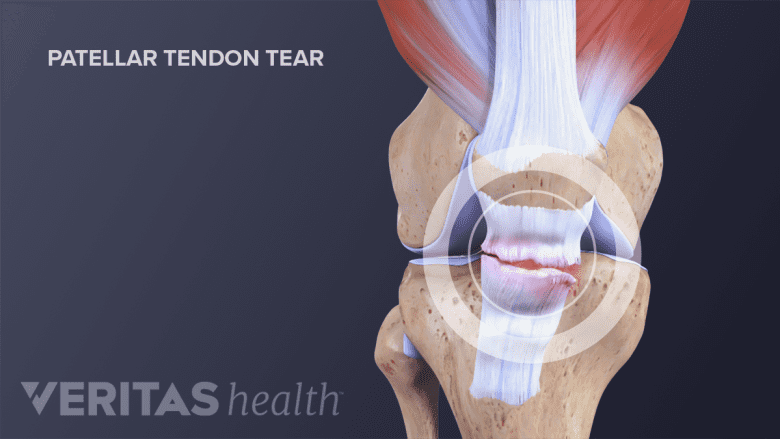The knee is a unique joint in our body because it has a small bone specifically to aid its function—the kneecap.
The patella, also known as the kneecap, is embedded in a tendon in the front of the knee. It slides along a groove on the front of the femur (thigh bone). It protects the knee joint, but its primary purpose is to add to the leverage of the tendon by increasing its angle.
The patella (kneecap) is tough, but susceptible to tears, fractures, dislocation, and inflammation. Read About Acute Patellar Injuries
However, the patella is also vulnerable to injuries because of its position on the front of the knee. This is especially true when there’s a blow to the knee.
4 ways the kneecap can be injured
There are a few different ways in which the patella can be injured:
- It can be dislocated.
A blow can force the kneecap out of its normal position in the femoral groove, which can injure nearby soft tissue as well.
- It can be fractured.
Small though it is, the patella can be fractured during a knee injury. This can be a small hairline fracture or it can be a larger trauma that breaks the patella into multiple pieces. Also, some of the pieces can move out of place and cause further pain or immobility.
- The tendon that encases the patella can tear.
The patellar tendon connects the tibia (shin bone) to the quadricep muscles on the front of the thigh. This tendon can be torn where it attaches to the bottom of the kneecap—either partially or completely. If a small piece of the patella detaches along with the tendon, this is known as an avulsion fracture.
- It can become inflamed.
The underside of the patella can become inflamed, which can soften and damage the cartilage underneath.
Signs of a kneecap injury
Most patella injuries are acute, meaning they’re the result of a sudden injury and the symptoms are immediate. Signs of a patella injury include:
- Knee pain with movement
- Knee tenderness or swelling
- Inability to stand or walk
- Inability to straighten the leg
See Symptoms of an Acute Patellar Injury
Despite the range of possible injuries to the patella, they are nearly all treated in the same way:
- Anti-inflammatory medications (like over-the-counter NSAIDs) to treat the pain
- R.I.C.E. (rest, ice, compression, elevation) protocol
In some cases, severe injuries—such as a fractured patella with displaced pieces—may require surgery to correct.
See What to Do When an Acute Patellar Injury Is Suspected
If you’ve injured your knee and it’s not improving with RICE treatment, make an appointment to see your physician.






